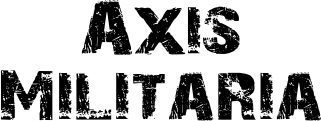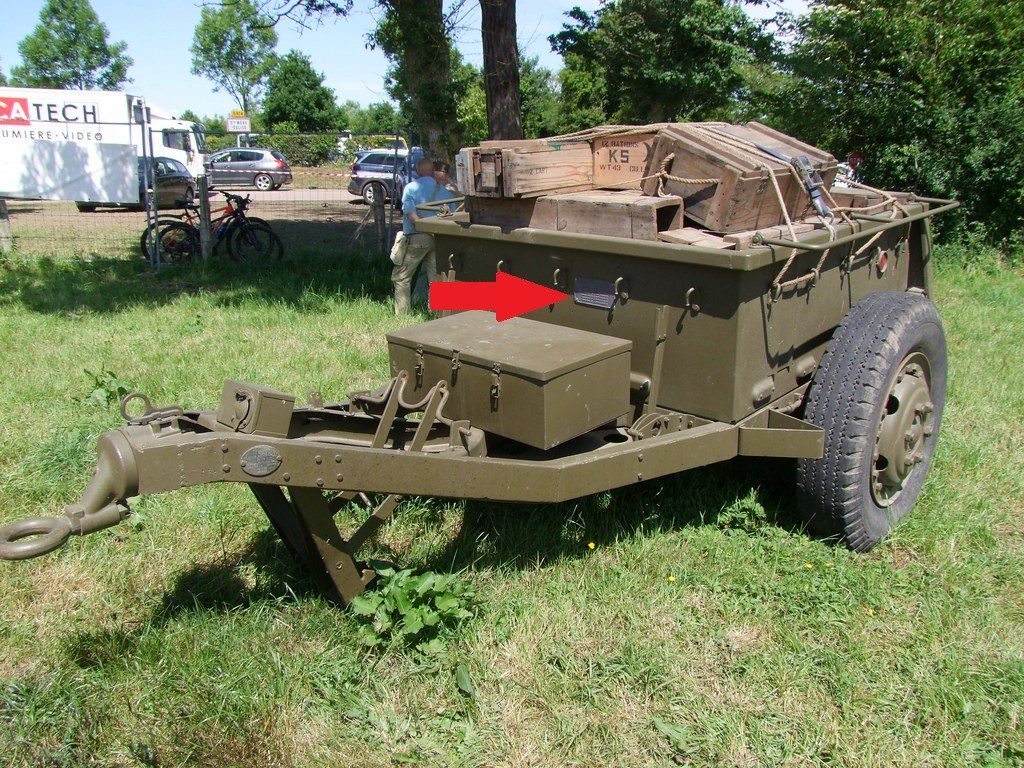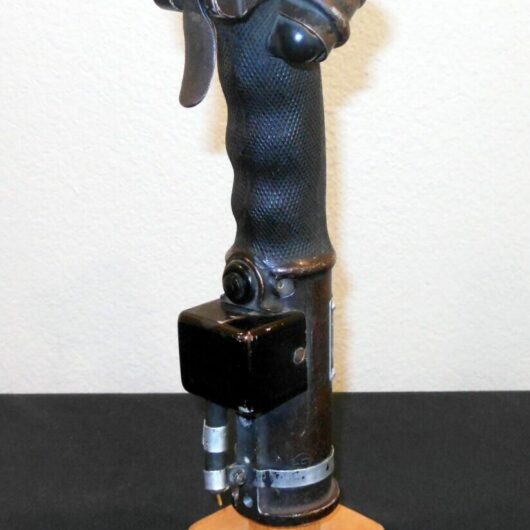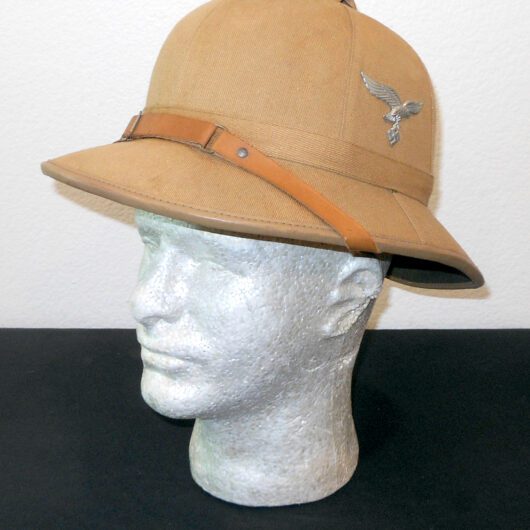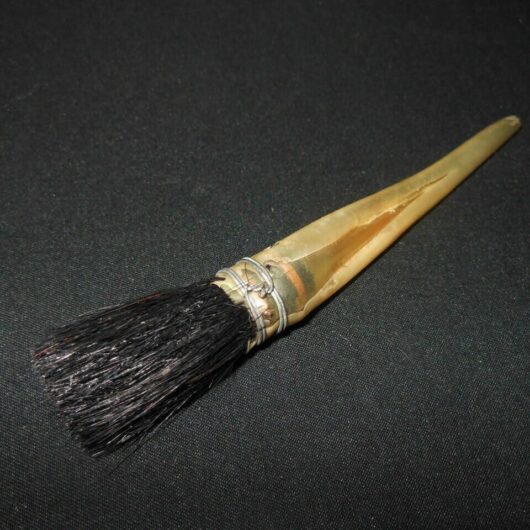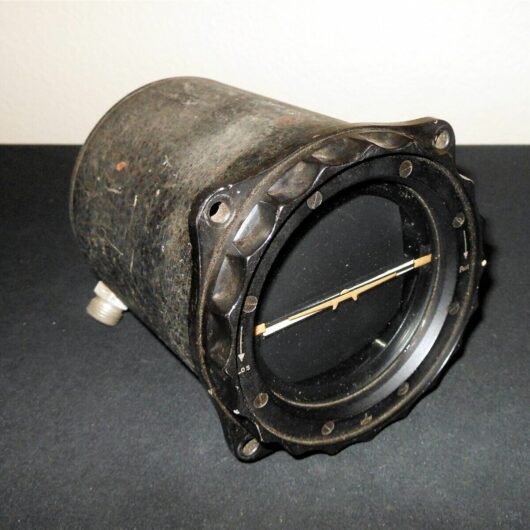Description
The U.S. M10 ammunition trailer was used mostly by armored units to transport additional ammunition. It could be towed by many different vehicles, including 2 1/2 ton trucks, half tracks, armored cars, self-propelled guns and tanks. It was commonly seen behind 105 mm armed Shermans, M7 Priests and the M8 howitzer motor carriage. The M10 was produced by the Fruehauf Trailer Company, Youngstown Steel Door Company and Schlem Brothers from 1942 to 1945. There were several variants of this utility trailer, with smaller details being different for each variant. However, the basic M10 trailer remained the same throughout its production run. It consisted of a simple, almost square body mounted on a simple frame with a goose-necked hitch. The trailer had two separately operated hand brakes, a simple hinged tailgate, two fold-down rails which supported a simple canvas cover, and various hooks and tie downs on both the inside and outside of the body. The tie downs on the inside of the bed were recessed to provide a flat surface all around the interior of the trailer body. This aided in loading and unloading the trailer. The tires were military, non-directional, and were mounted on a simple axle. The M10 had no form of shock absorbers or suspension springs. Finally, the M10 had a simple jack-stand for holding the trailer up when it was disconnected from the towing vehicle, as well as a simple, 6 volt lighting system. Payload and gross weight vary with caliber of ammunition carried
Used to identify and regulate shell stowage for various U.S. field artillery pieces and tanks, these plates were mounted externally on the left front side of the trailer frame, adjacent to the drawbar assembly, for quick reference by the gun crew during loading operations. Constructed of cast aluminum, these plates detailed the proper ammunition load configuration for multiple calibers used across the European Theater, including the 75mm gun, 155 mm M1917 & M1918 howitzers, and the 240mm heavy howitzer.
Made of cast aluminum, this item is in VERY NICE used condition! There are some slight marks, scratches, wear, and surface corrosion, however, it is still VERY SOLID otherwise! All data information is present, but it will need further cleaning. It also retains its original mounting holes, and should be, suitable for vehicle restoration or historical display. I have shown its location in the last photos. Would make a PERFECT addition to any collection or display!
